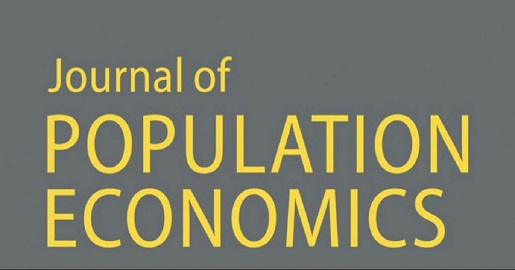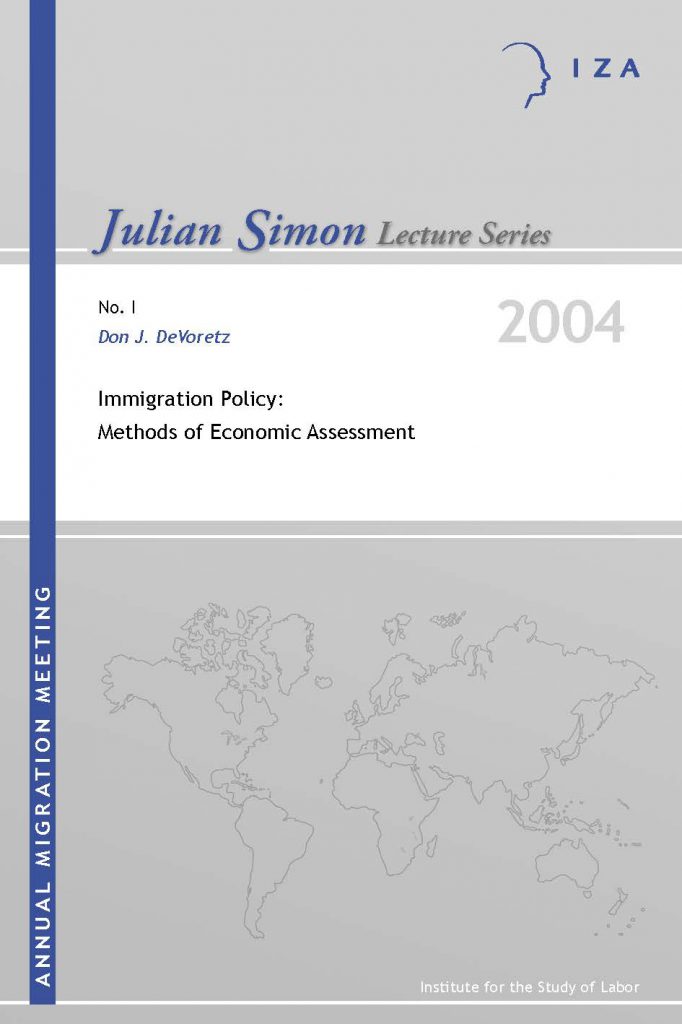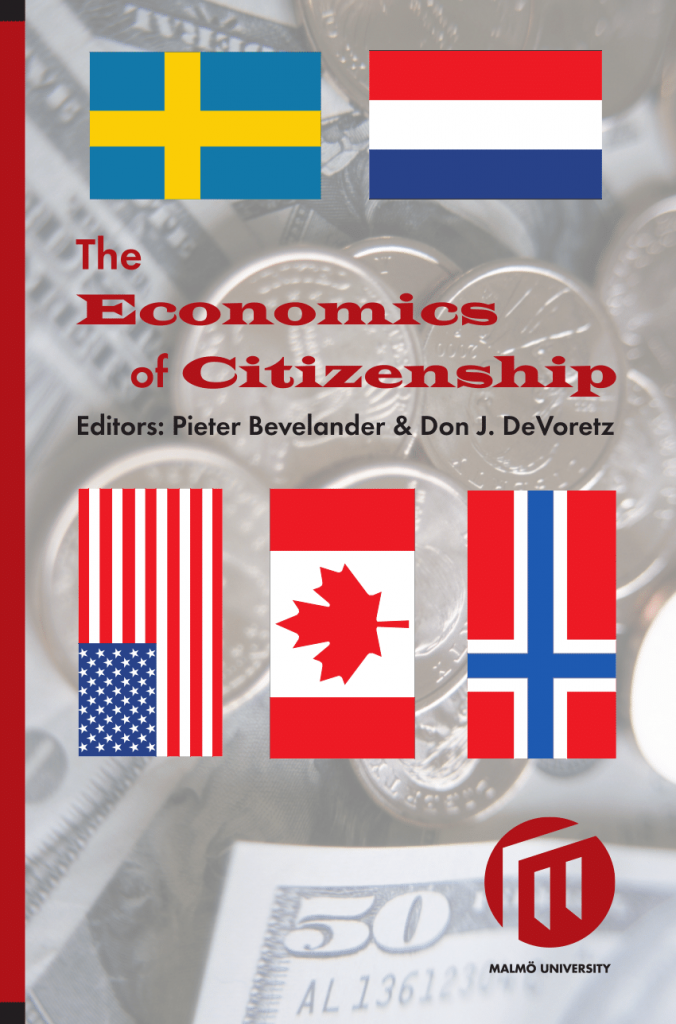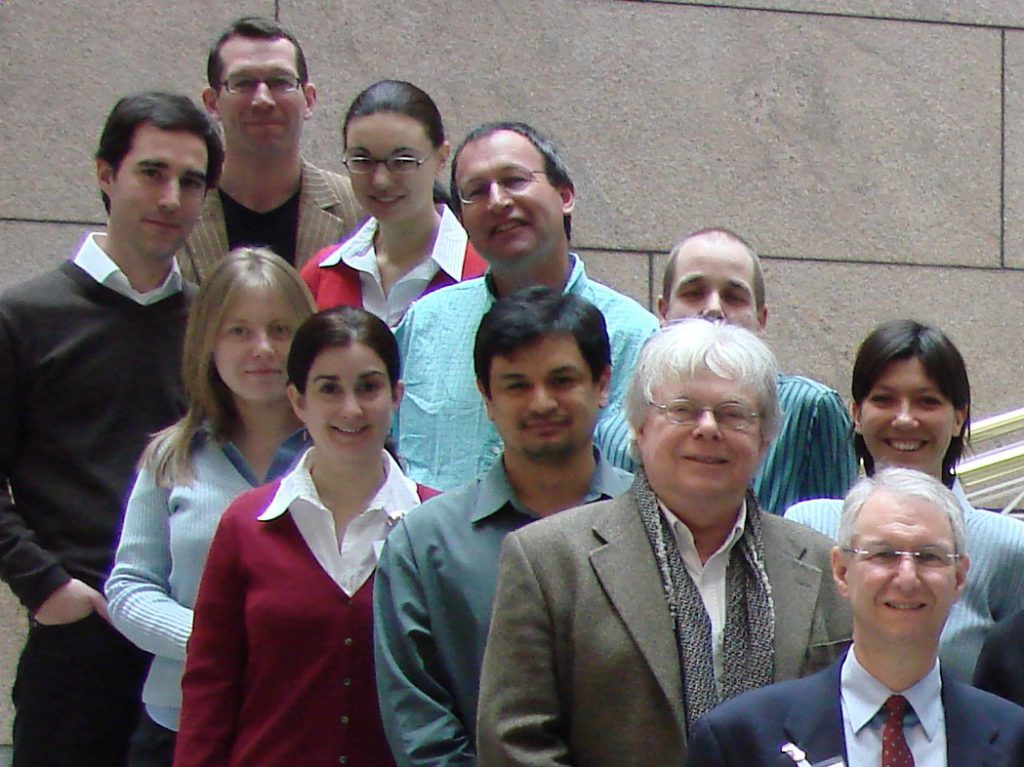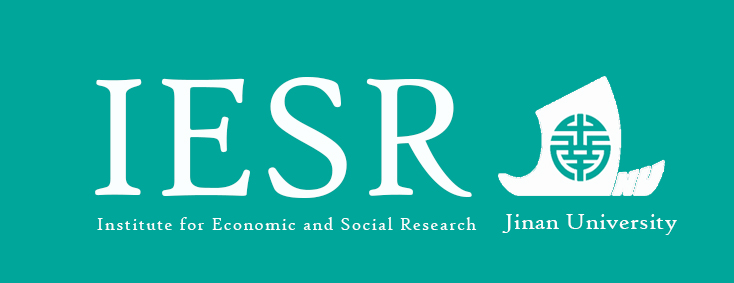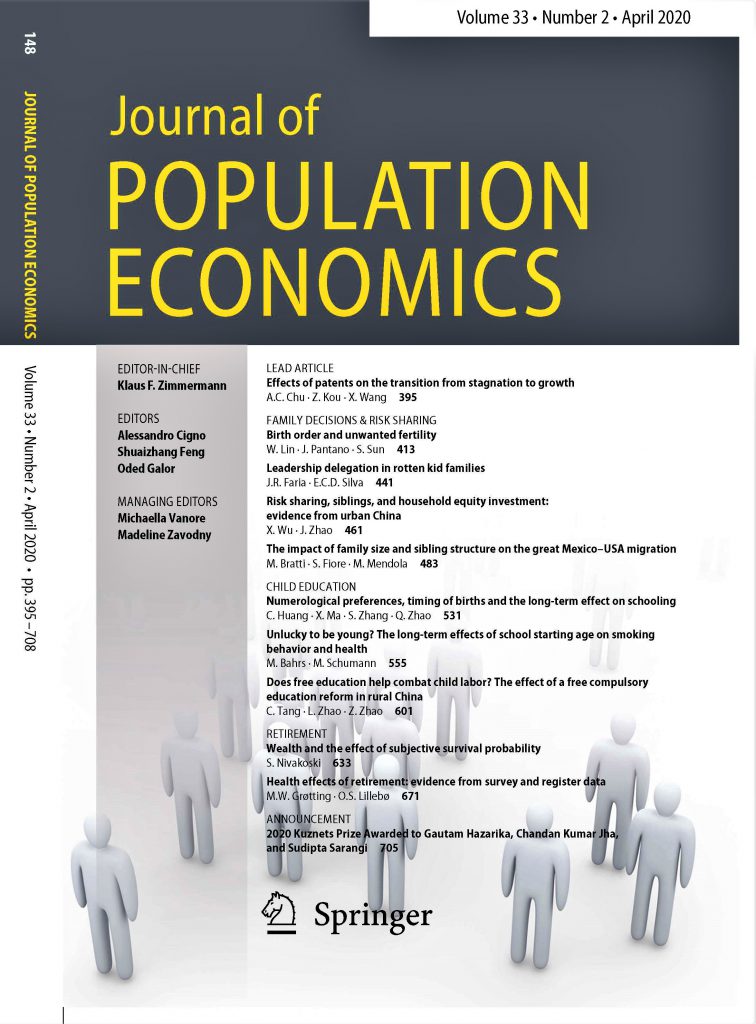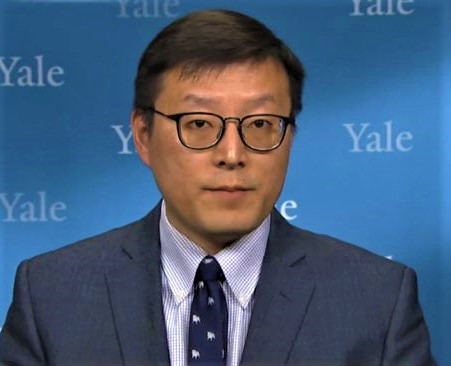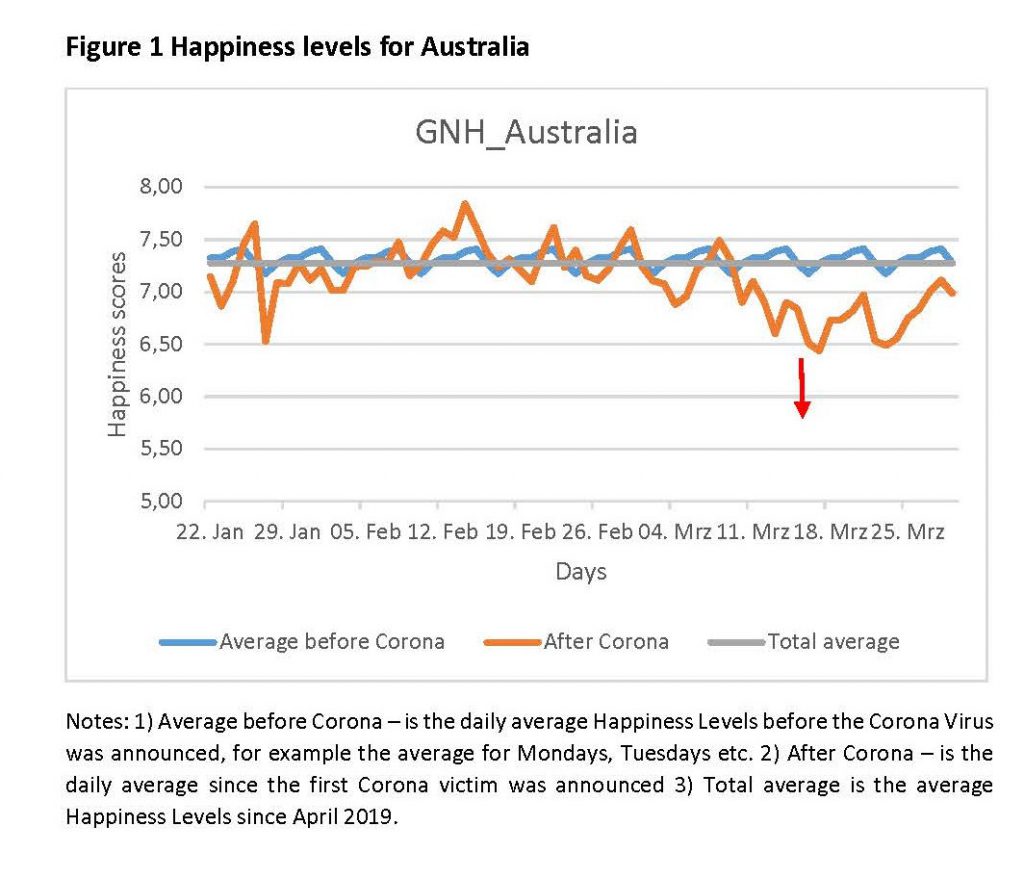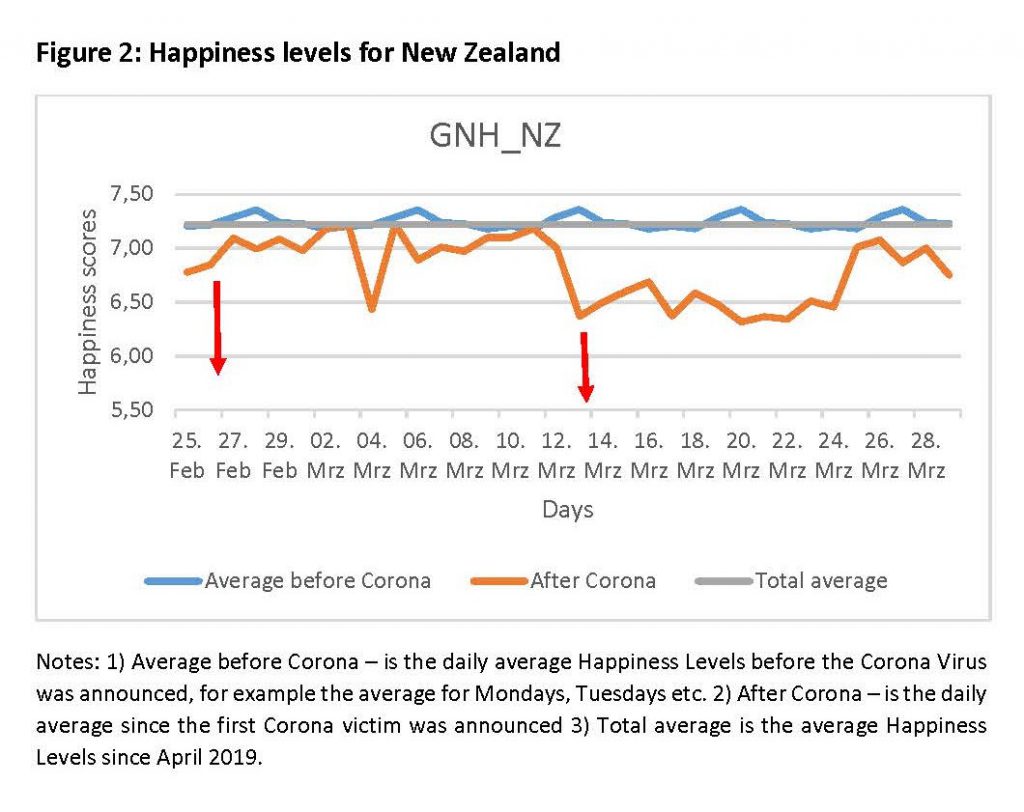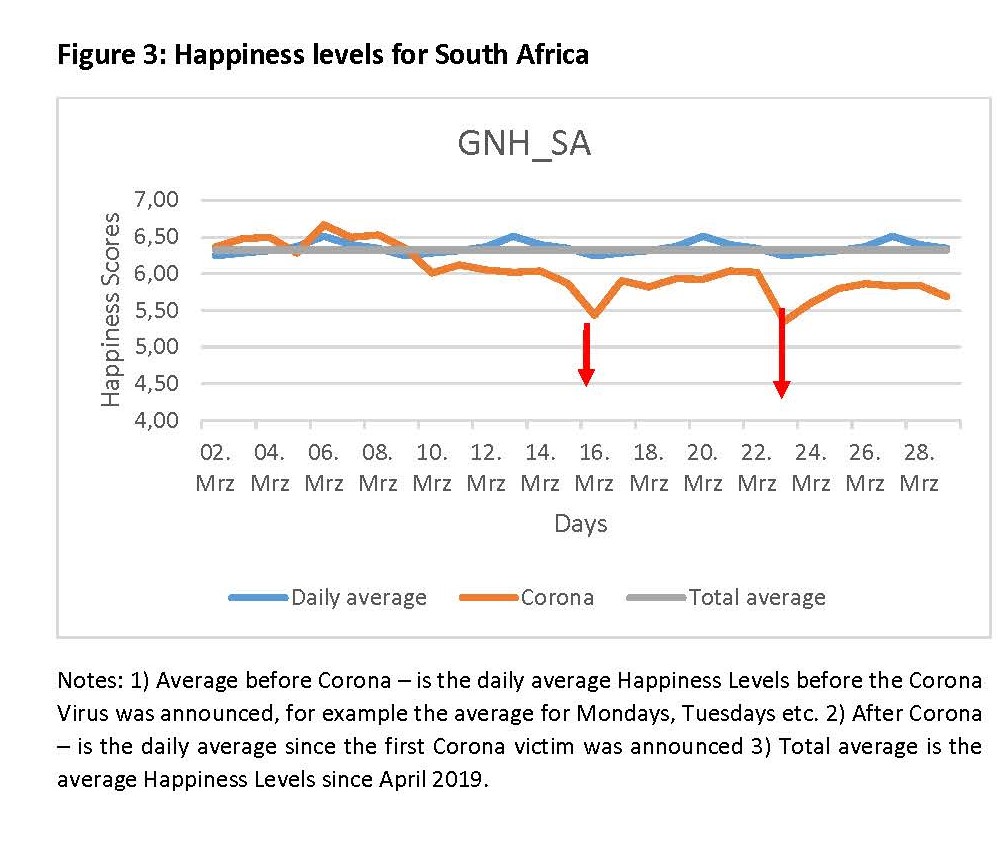A new paper published online in the Journal of Population Economics demonstrates how to use administrative data to estimate the number of deaths, the number of infections, and mortality rates from Covid-19 in Lombardia, a hot spot of the disease in Italy and Europe.
The Global Labor Organization (GLO) is an independent, non-partisan and non-governmental organization that functions as an international network and virtual platform to stimulate global research, debate and collaboration.

True Covid-19 mortality rates from administrative data
by Depalo, Domenico
Published ONLINE: Journal of Population Economics, scheduled for issue 1/2020. Free Readlink – Download PDF
GLO Discussion Paper No. 630, 2020
GLO Fellow Domenico Depalo
Author Abstract: In this paper I use administrative data to estimate the number of deaths, the number of infections, and mortality rates from Covid-19 in Lombardia, the hot spot of the disease in Italy and Europe. The information is relevant for the policy maker, to make decisions, and for the public, to adopt appropriate behaviors. As the available data suffer from sample selection bias I use partial identification to derive these quantities. Partial identification combines assumptions with the data to deliver a set of admissible values, or bounds. Stronger assumptions yield stronger conclusions, but decrease the credibility of the inference. Therefore, I start with assumptions that are always satisfied, then I impose increasingly more restrictive assumptions. Using my preferred bounds, during March 2020 in Lombardia there were between 10,000 and 18,500 more deaths than before 2020. The narrowest bounds of mortality rates from Covid-19 are between 0.1% and 7.5%, much smaller than the 17.5% discussed for long time. This finding suggests that the case of Lombardia may not be as special as some argue.
More from the GLO Coronavirus Cluster
Access to the newly published complete Volume 33, Issue 4, October 2020.
LEAD ARTICLE OF ISSUE 4:
Yun Qiu, Xi Chen & Wei Shi, Impacts of social and economic factors on the transmission of coronavirus disease 2019 (COVID-19) in China
Journal of Population Economics 33, 1127–1172 (2020). OPEN ACCESS
Over 21K journal downloads & over 60 Google Scholar cites as of September 10, 2020.
OTHER COVID-19 ARTICLES JUST PUBLISHED ONLINE FIRST.
Fabio Milani: COVID-19 outbreak, social response, and early economic effects: A global VAR analysis of cross-country interdependencies. Journal of Population Economics, (2020). https://doi.org/10.1007/s00148-020-00792-4.
PDF free accessible.
Luca Bonacini, Giovanni Gallo & Fabrizio Patriarca: Identifying policy challenges of COVID-19 in hardly reliable data and judging the success of lockdown measures. Journal of Population Economics, (2020). https://doi.org/10.1007/s00148-020-00799-x PDF free accessible.
Luca Bonacini, Giovanni Gallo & Sergio Scicchitano: Working from home and income inequality: risks of a ‘new normal’ with COVID-19. Journal of Population Economics, (2020). https://doi.org/10.1007/s00148-020-00800-7 PDF free accessible.
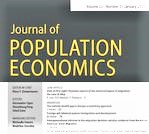
Ends;

